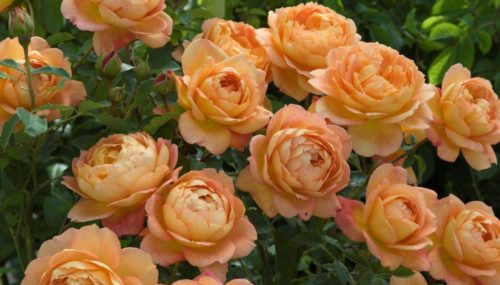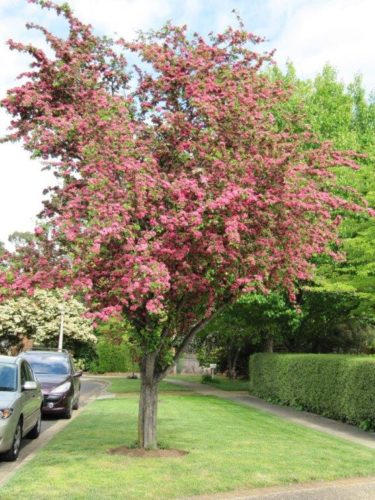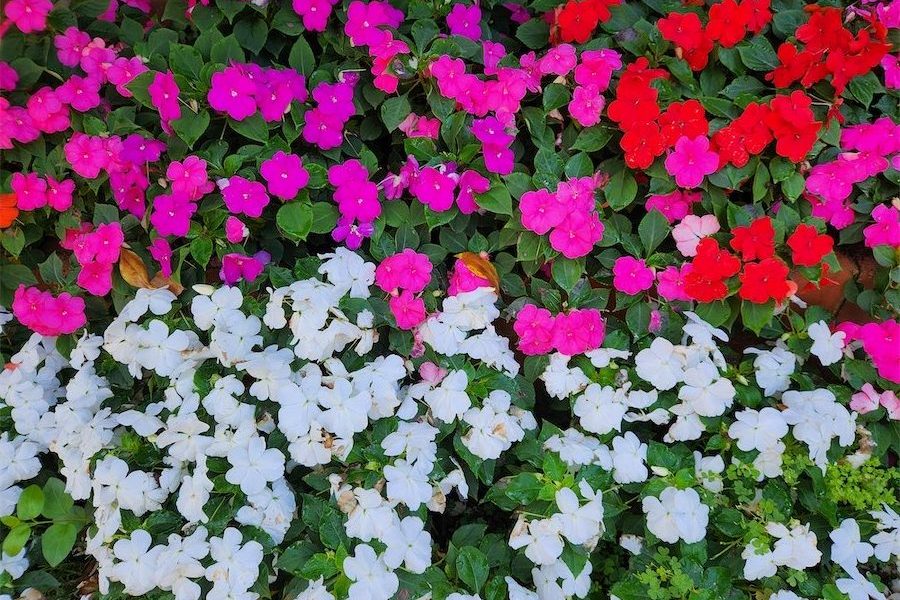
Gardening writer CEDRIC BRYANT shares his tips for rose-planting preparation… pruning, saving, removing and replanting.
ROSE planting time is fast approaching, so it’s time to take stock of existing roses ahead of the new season.

Do you try and resuscitate them or pull them out and start again? If they’re in a reasonably healthy condition, it’s worth keeping them. Roses are incredibly tough and with some reasonably easy remedial work they’ll bounce back.
The following basic rules apply to almost all shrubs and trees. Just follow the three “Ds”: remove any dead, diseased or damaged branches. Make a clean cut close to the main branches, if possible looking for a new outward-facing shoot. Don’t leave a stump. If branches cross and are rubbing against each other, remove the weaker one. Try and keep the centre of the shrub as open as possible for a free flow of air.
If you have to remove roses which are beyond redemption but would like to plant new ones in the same area, or only one or two need removing in a dedicated rose garden, the following advice is vital. Take out the old roses, including as many roots as possible. Then dig out a barrow-load of soil – the disease rose sickness is spread through soil. Then replace with fresh soil mixed in with garden compost, or composted horse manure from the Hayshed in Pialligo. I prefer to leave mulching for all garden beds until later in the spring. This will allow the winter sun to warm the soil. Do all this preparation now, in readiness for when the new season’s roses arrive.
THERE’S no need to dig up dahlias if they’re to be kept in the same spot. If moving them, they can be dug up once flowering has finished. For named varieties, allow the tubers to dry and write the name on the actual tuber with a waterproof texta pen. Then store for winter in polystyrene boxes. Cover the holes in the bottom with flywire or shade cloth and fill with dry compost, cheap potting mix or sawdust and store in a frost-free shed or garage.

BERRY-producing shrubs which threaten the environment include cotoneaster, pyracantha and hawthorn. However, not all hawthorns are a problem. In the last few weeks, readers have asked about the mass of red berries on the nature strip along Northbourne Avenue. These are from the hawthorn Crataegus smithiana, a cross between C. Mexicana and C. Azarolus bred at the Yarralumla Nursery in the 1920s. This tree is known for its white flowers in spring and autumn leaves, and a profusion of rich, red berries in winter. Other examples of this can be seen in Hamilton Row, Yarralumla and Tennyson Crescent, Forrest.

One variety not grown here as a street tree and which is an outstanding hawthorn is C. Paul’s Scarlet, available from most garden centres. It was given the prestigious Award of Garden Merit by the Royal Horticultural Society for its year-round interest, with deep-pink flowers in spring, autumn leaves and red berries providing food for birds into winter. It grows four to five metres tall with a four-metre spread.
However, C. monogyna is listed on the ACT government weeds’ list in their brochure “Are Your Garden Plants Going Bush?”. Hopefully this is no longer available.
Who can be trusted?
In a world of spin and confusion, there’s never been a more important time to support independent journalism in Canberra.
If you trust our work online and want to enforce the power of independent voices, I invite you to make a small contribution.
Every dollar of support is invested back into our journalism to help keep citynews.com.au strong and free.
Thank you,
Ian Meikle, editor




Leave a Reply